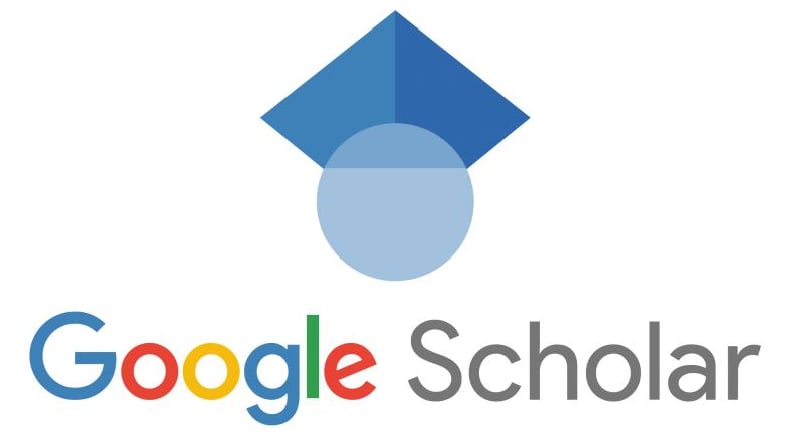Problem Solving Ability Relationship and Critical Thingking with Student PAI Learning Outcomes in State Junior High School, Tarumajaya District, Regency. Bekasi
Keywords:
Student Learning Outcomes, Problem-Solving, Critical ThinkingAbstract
Learning outcomes are one indicator of the success or failure of learning. Several indicators influence learning outcomes, including the ability to solve problems and critical thinking skills. This study aims to determine the relationship between problem-solving and critical thinking skills together with the learning outcomes of PAI students at junior high schools in Tarumajaya District, Kab. Bekasi. The method used is a quantitative method with a correlational approach. Data analysis techniques using the Paired T-Test, Anova Test and Test the coefficient of determination using the SPSS application. The sample was based on the Slovin formula of 283 students from a population of 967 students taken from grade 7 at SMPN. The results of this study indicate that the research hypothesis is proven to have a value of Py12 > 0, which explains that there is a positive relationship between problem-solving abilities (X1) and critical thinking (X2) together with Islamic education learning outcomes of students (Y) in public junior high schools in Tarumajaya District, Kab. Bekasi means that X1 and X2 jointly affect Y. Meanwhile, X1 and X2 also partially affect Y.
Downloads
References
Abdullah, I. H. (2016). Mathematical Critical Thinking. Delta-Pi: Journal of Mathematics and Mathematics Education, 2(1), 66-75.
Agus Suprijono, 2011. Cooperative Learning: Theory and Application of PAIKEM. Yogyakarta: Learning Library
Arini, S., &; Kurniawati, F. (2020). Teachers' attitudes towards early childhood with autism spectrum disorder. Journal of Obsession : Journal of Early Childhood Education, 4(2), 639.
Fisher, A. 2009. Critical Thinking: An Introduction. Jakarta: Erlangga.
Lukman Hakim. (2023). The Contribution of Technology Development in the 21st Century Education Era
Mother Earth, W. (2018). Analysis of the mathematical critical thinking skills of vocational students on matrix material. Tambusai Journal of Education, 2(2), 821-831
Rahayuningsih, S., &; Kristiawan, I. (2018). Students' critical thinking skills in solving mathematical problems. Conference On Innovation And Application Of Science And Technology (CIASTECH), 1(1), 245-253.
Salim. Shahrum. 2012. Quantitative Research Methodology. Bandung : Cipta Pustaka.
Setya. 2022. Islamic Religious Education (PAI): Definition, Purpose & Role. Click Terbaru.Com
Sugiyono. 2019. Quantitative, Qualitative, and R&D Research Methods. Bandung : Alphabet.
Syafitri, E., Armanto, D., &; Rahmadani, E. (2021). Axiology of critical thinking skills (study of the benefits of critical thinking skills). Journal Of Science And Social Research, 4(3), 320-325.
Syahputra, E. (2018). 21st century learning and its application in Indonesia. Sinastekmapan, 1(November 2018), 1276–1283.
Uno, Hamzah. 2014. Learning Models Create Creative and Effective Teaching and Learning Processes. 10th printing. Jakarta: Bumi Aksara.
Downloads
Published
How to Cite
Issue
Section
License
Copyright (c) 2023 Yunia Lestari, Abdul Khoir, Suryantoro

This work is licensed under a Creative Commons Attribution 4.0 International License.






